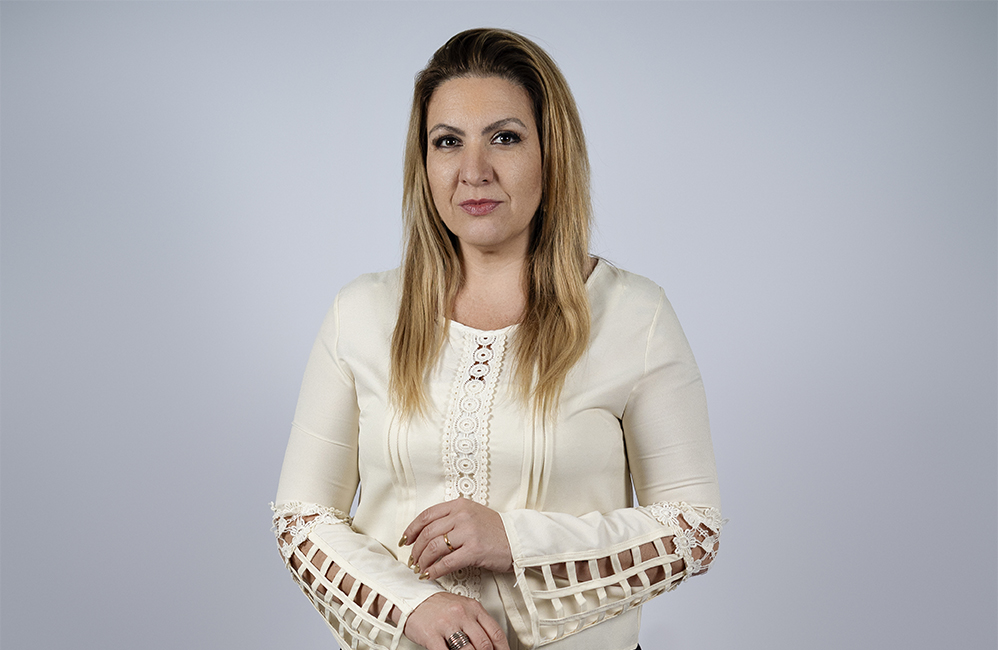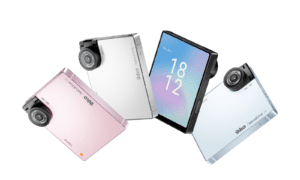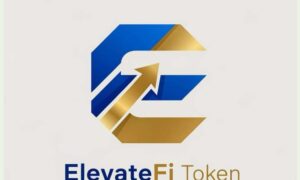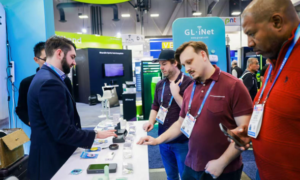American classrooms are facing an inflection point. While national debates often center on test scores and curriculum standards, deeper systemic issues are eroding the classroom experience: overstretched teachers, declining emotional well-being among students, and a disconnect between educational content and the way young people actually process information. The gap between how students learn and how they’re taught is growing wider, fueled by technological advances that schools have been slow to incorporate. Against this backdrop, new educational frameworks are being sought—frameworks that speak not only to the intellect, but to the senses.
One of those voices comes from Teresa Cristina Gnecco, a Brazilian pedagogue and DJ who is preparing to launch an education-tech initiative that blends neuroscience, music, and cultural literacy. Gnecco, who has worked extensively at the intersection of music and education, is set to introduce VIBE Music Branding, a company that proposes a rethinking of how schools use sound—not just as background ambiance, but as a core part of curriculum delivery, school identity, and cognitive development.
Her model comes at a time when anxiety, distraction, and academic disengagement are on the rise among American students. According to the Centers for Disease Control and Prevention, nearly 1 in 3 high school students reported poor mental health during the pandemic, and many of those challenges have persisted. Simultaneously, the National Center for Education Statistics notes that nearly 40% of students struggle to remain attentive in traditional classroom settings, an issue exacerbated by rigid instructional formats and lack of multisensory engagement.
Gnecco’s solution takes inspiration from music’s well-documented neurological benefits. Scientific studies have shown that structured music engagement increases neuroplasticity, enhances working memory, and improves emotional regulation. VIBE Music Branding aims to use these findings as the basis for a comprehensive auditory learning platform that delivers curriculum-aligned content through streaming radio, interactive audio games, and customized soundscapes tailored to school culture.
Based in Florida but with plans to scale nationally, the company will offer schools a unique service: custom radio stations embedded with educational content and sound branding. These broadcasts will not only integrate subjects like science and literature into music-driven formats but also reflect each institution’s values and identity through curated audio signatures, themed programming, and student involvement in content creation. The idea is to make the school itself sound like a place of learning, inspiration, and belonging.
Gnecco’s journey to this point has been anything but conventional. Trained in pedagogy and cultural programming, she began her career in classrooms before shifting into public performance and community-based educational outreach. Her work included events blending historical themes with musical storytelling, and educational programming where students crafted their own soundtracks for school events. It was during these experiences that she began to recognize the potential of music not just as enrichment, but as a pedagogical tool.
“I’ve seen firsthand how students respond when music becomes part of the way they understand history, science, or even language,” Gnecco explains. “It’s not about making school more entertaining. It’s about making it more human, more responsive to how people actually learn.”
Beyond the academic focus, Gnecco’s company also addresses a growing concern within the U.S. education system: institutional branding and sustainability. As over 70% of public schools report difficulty with enrollment retention, and as parents weigh an expanding array of educational choices, schools are under pressure to articulate a clear identity. Sound branding, long used in the corporate world to build recognition and loyalty, is now being adapted by Gnecco to help schools stand out and strengthen their relationships with students, families, and communities.
Additionally, VIBE Music Branding is poised to address the national labor shortage in music education. While often overlooked, music teaching positions are chronically underfilled in many states, with specialized roles—such as string instructors—among the most difficult to hire. Through training workshops and a certification program for educators, the company aims to equip teachers with the skills needed to implement music-infused learning without relying solely on traditional music instructors.
This strategy dovetails with another of Gnecco’s objectives: expanding equity in education. Her model offers scalable access to arts integration, particularly for underfunded schools where music programs have been cut. With over five million English Language Learners in the U.S., and growing demand for culturally relevant education, the inclusion of multilingual and multicultural sound content has the potential to reach students who often feel alienated by conventional teaching methods.
The company’s expansion plan includes partnerships with universities to support research into music and learning, and collaborations with educational technology firms to enhance digital delivery. These efforts are backed by a clear economic vision: the U.S. education market is expected to exceed $2 trillion by 2026, with digital learning and edtech accounting for a growing share of that growth.
In launching VIBE Music Branding, Gnecco is not merely adding another voice to the education innovation space—she is amplifying the role of music as an educational asset, one that has long been undervalued despite its proven benefits. If successful, her model could offer a fresh blueprint for how schools engage students, support teachers, and build institutional identity in a time of rapid change.
At a moment when so much in American education feels uncertain, the idea of reimagining the classroom through sound may seem unconventional. But for Teresa Cristina Gnecco, it’s a logical next step. “Schools should be places that not only teach facts but also nurture imagination and connection,” she says. “Music has always done that. It’s time we made it part of how we learn.”





























